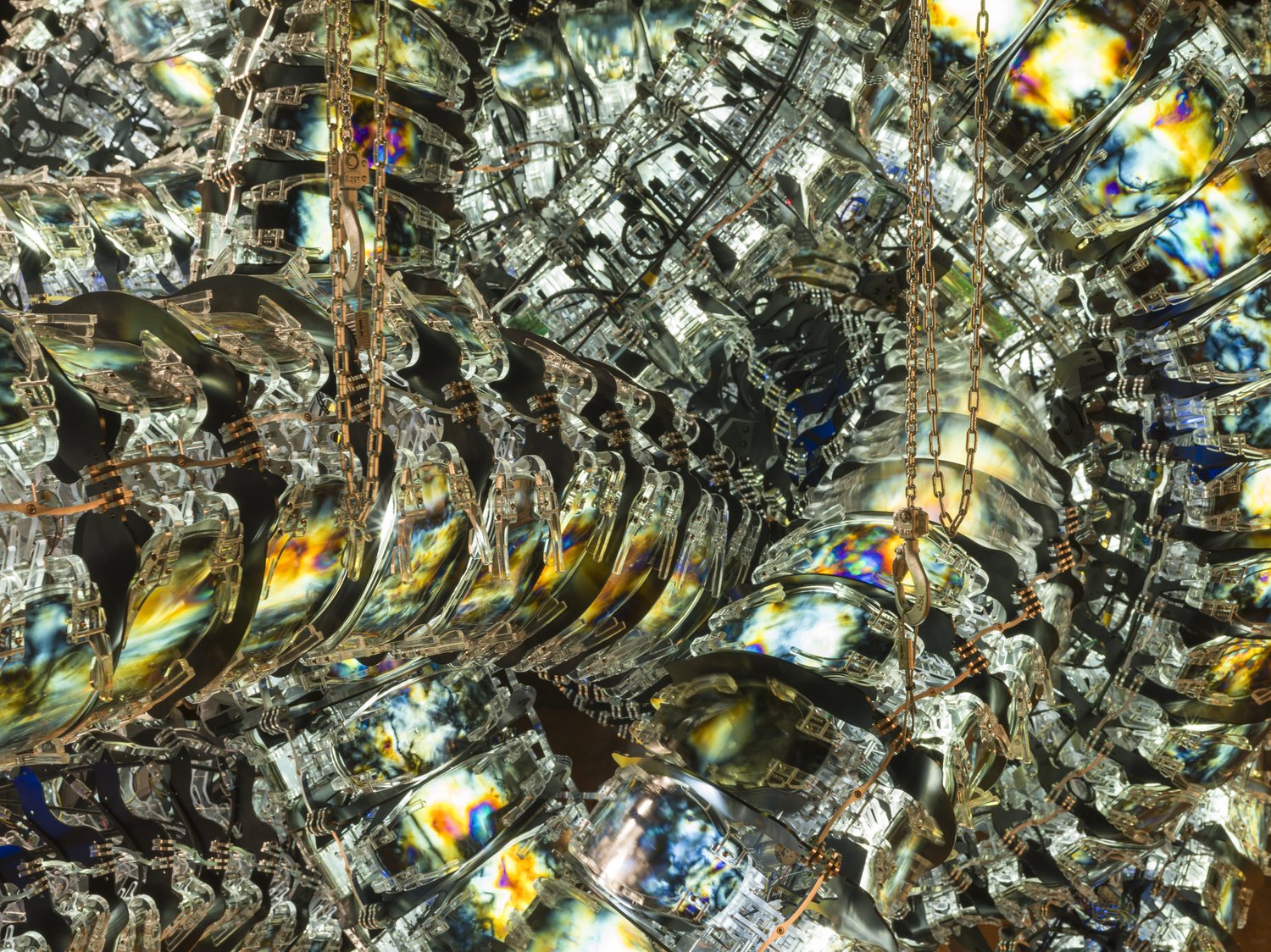Arts at CERN has joined forces with Science Gallery Melbourne and the ARC Centre of Excellence for Dark Matter Particle Physics to present Dark Matters, an exhibition that seeks to explore the fundamental essence of life and the Universe and to question how their mysteries continue to elude us. For over a decade, Arts at CERN has been actively developing international collaborations with leading scientific laboratories and cultural institutions to foster a global network of art and science. Through Dark Matters, Arts at CERN extends this commitment by igniting dialogues between artists and experts from the ARC Centre of Excellence for Dark Matter Particle Physics, Australia’s leading dark matter research centre.
In 2017, Arts at CERN launched its exhibitions programme with the aim of engaging with audiences who are interested in art and fundamental science and eager to connect with CERN’s research. Now, Dark Matters brings some of the remarkable creations that have emerged from the work and research of the artists-in-residence to connect with and inspire audiences across Melbourne.
Physicists estimate that we can see and interact with only 5% of the mass of the Universe; the rest remains little known. About 85% of this unseen mass is attributed to dark matter, which is particularly challenging to study because it does not visibly interact with light. As artists and scientists continue the ultimate quest to understand it, its elusive nature mirrors the limitations of our cognitive experience. Dark Matters poses the question of whether searching for this mysterious substance could lead us to imagine new possibilities for life, our relationship with non-humans, and creative technologies that enable us to access unfathomable environments.
Several artworks in the exhibition have been drawn from Arts at CERN’s residency programmes. South Korean music producer and artist Yunchul Kim presents Chroma V, a giant 50-metre-long sculpture that folds in on itself in an intricate knot. Made of metal and materials derived from techniques Kim explored in collaboration with material scientists, the installation detects subatomic particles and comes to life as it reacts to invisible forces. 2016 Collide awardee Kim will also premiere a new art commission in an upcoming exhibition at the CERN Science Gateway from October.
In the project Scientific Dreaming, British artist Suzanne Treister carried out a series of writing workshops with scientists from CERN and the University of Melbourne with the aim of opening their unconscious imaginations. Through interviews and exercises, the scientists wrote science fiction stories that envisage hopeful futures based on hypothetical scientific breakthroughs, while exposing the potential risks associated with these technological advances. The stories, as well as narrative plot diagrams by the artist, will be part of the exhibition.
Dark Matters will also feature the work of Swiss artist Alan Bogana, Chilean artist Patricia Domínguez, Lithuanian designer Julijonas Urbonas and British artist duo Semiconductor among other local and international artists.
Co-curated by Mónica Bello, Head of Arts at CERN, Tilly Boleyn, Head of Curatorial at Science Gallery Melbourne, and a panel of young people and academic experts, Dark Matters will consider how dark matter changes how we think about ourselves, on both an individual level and a universal scale.

